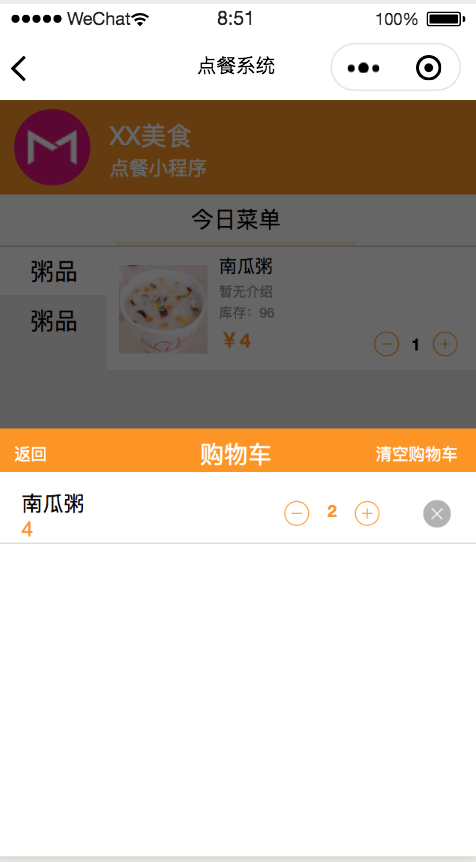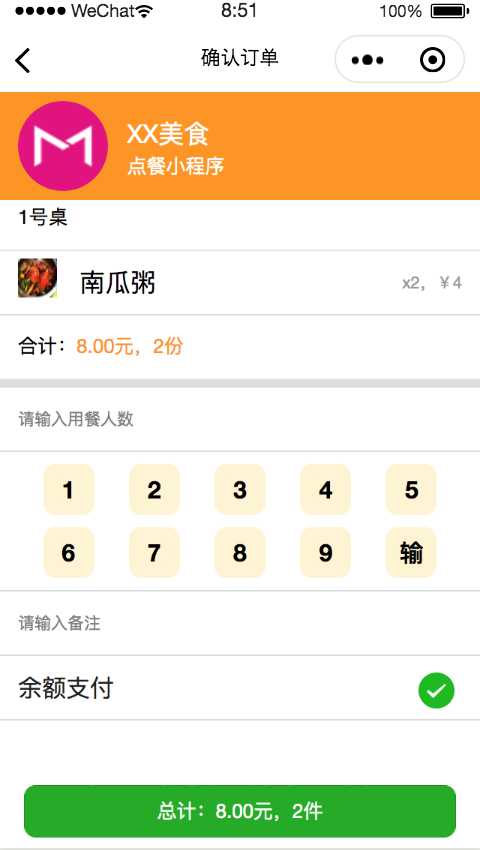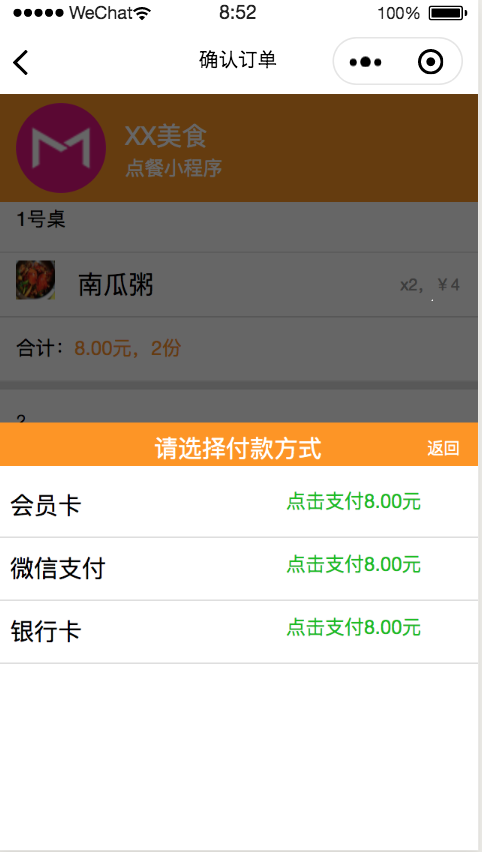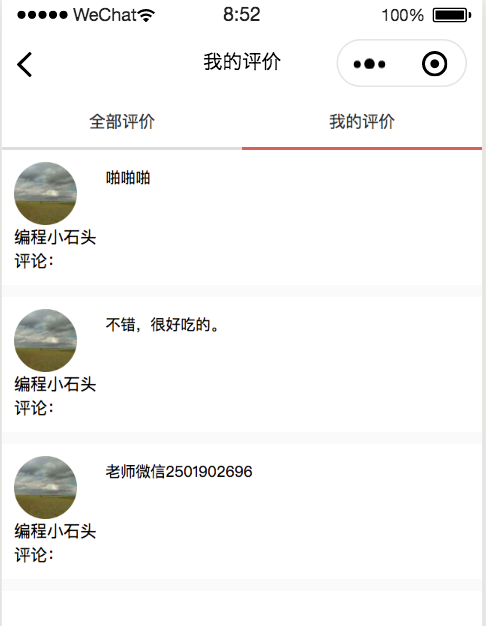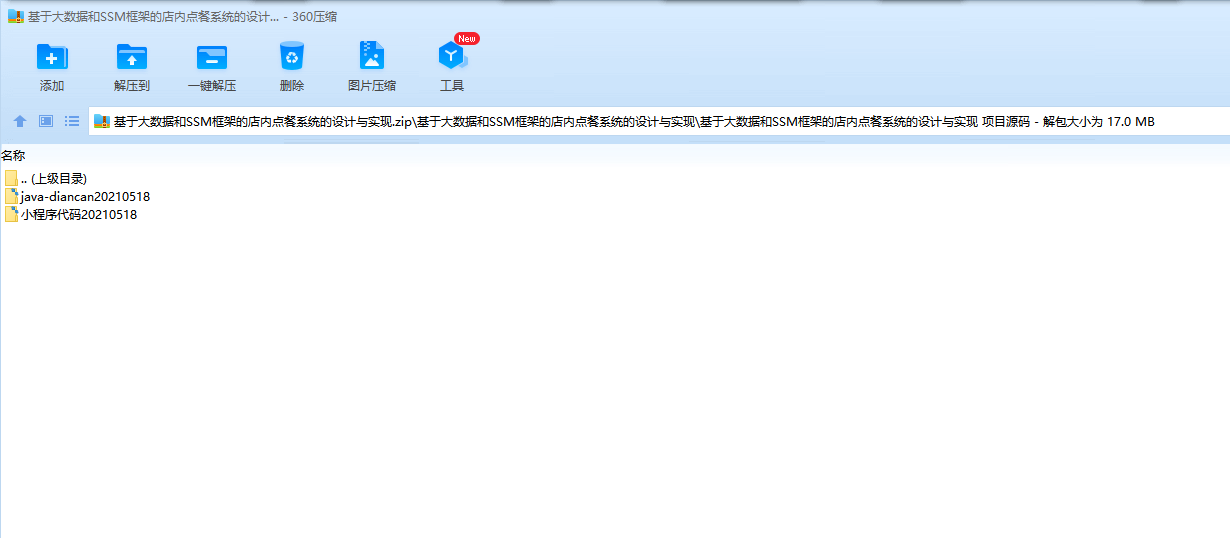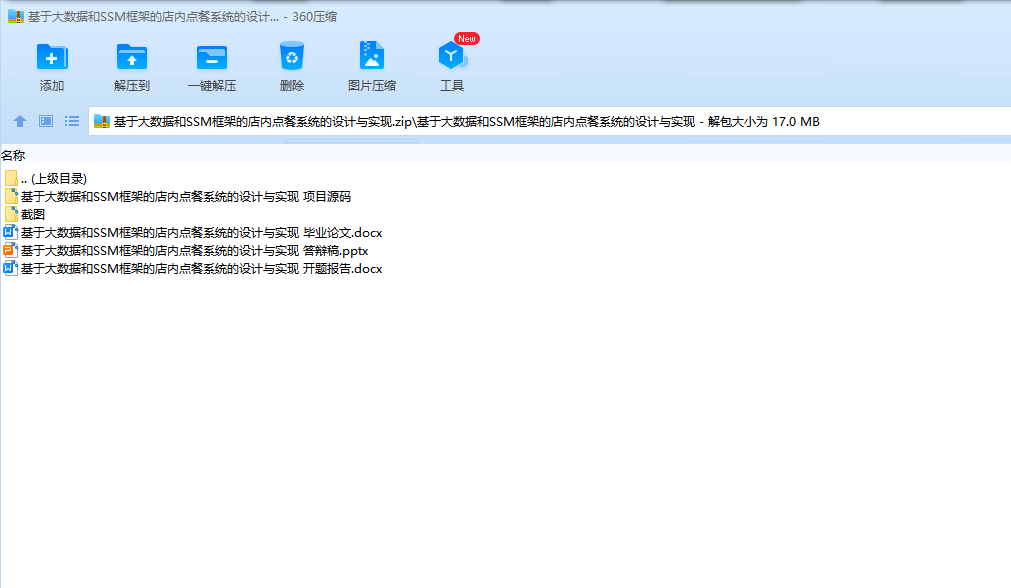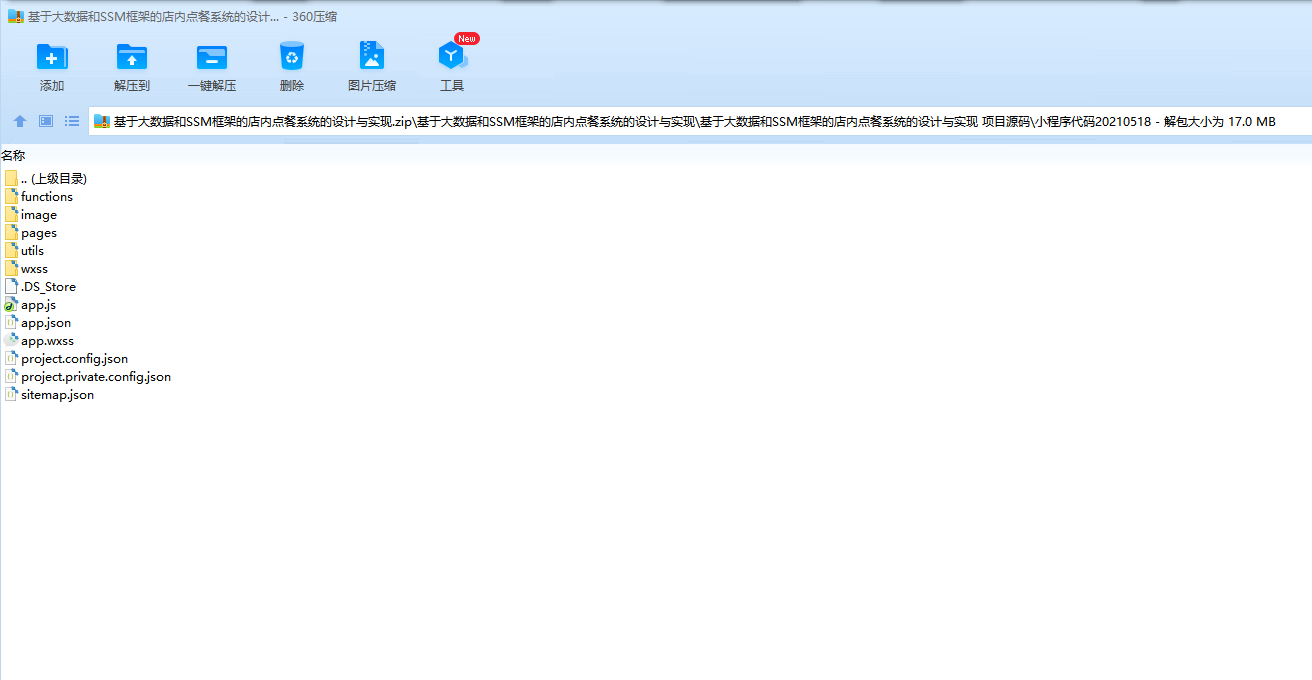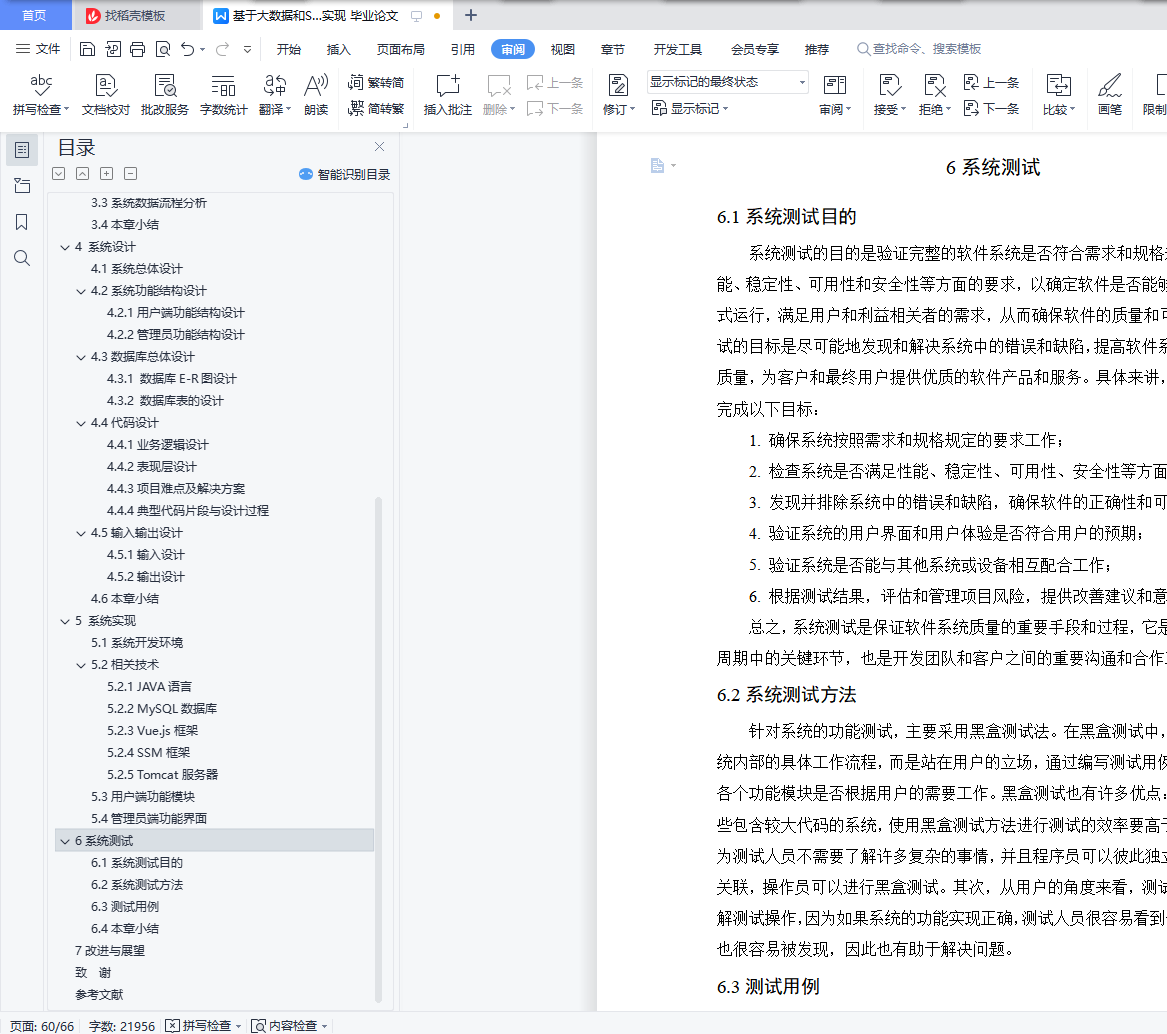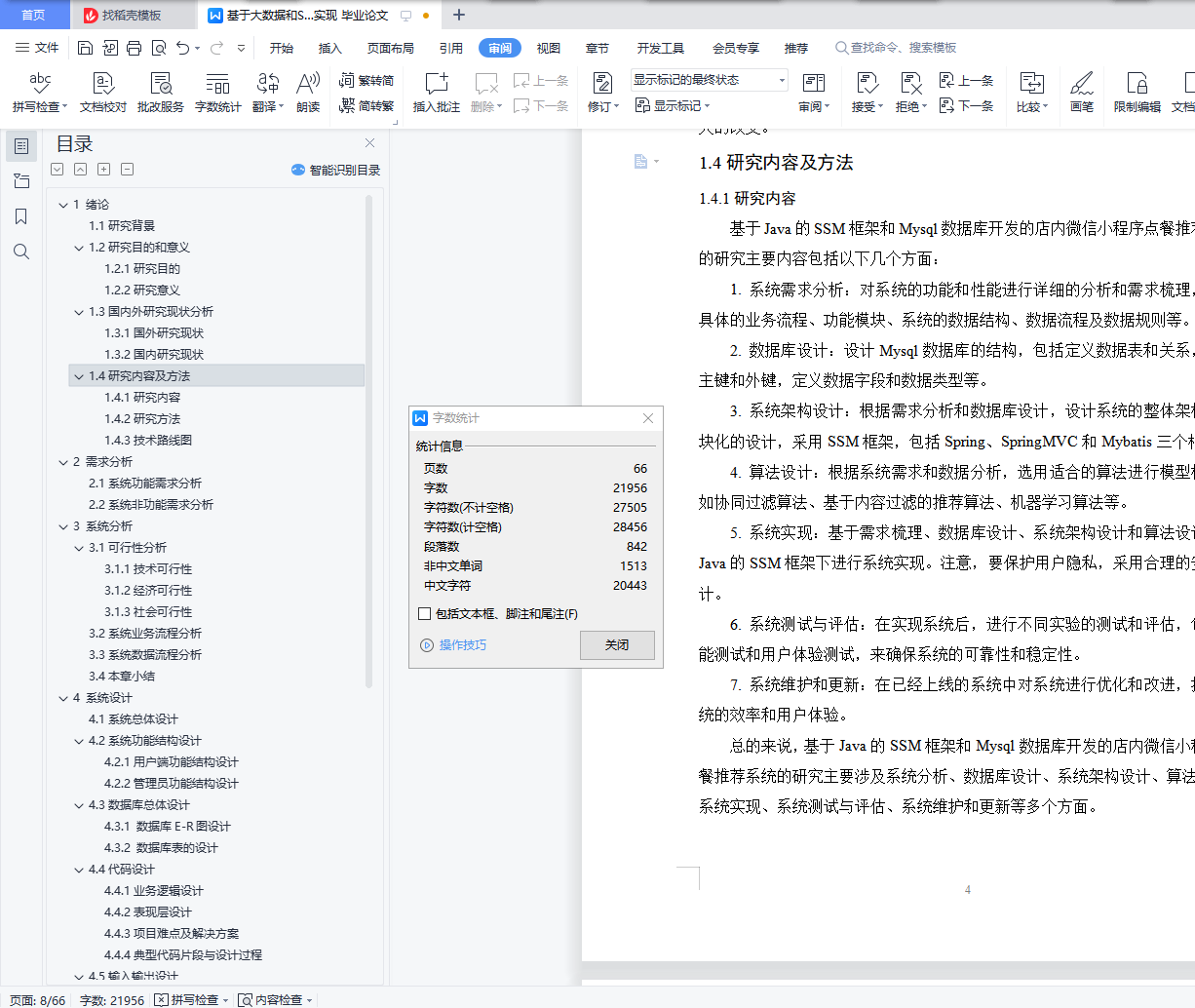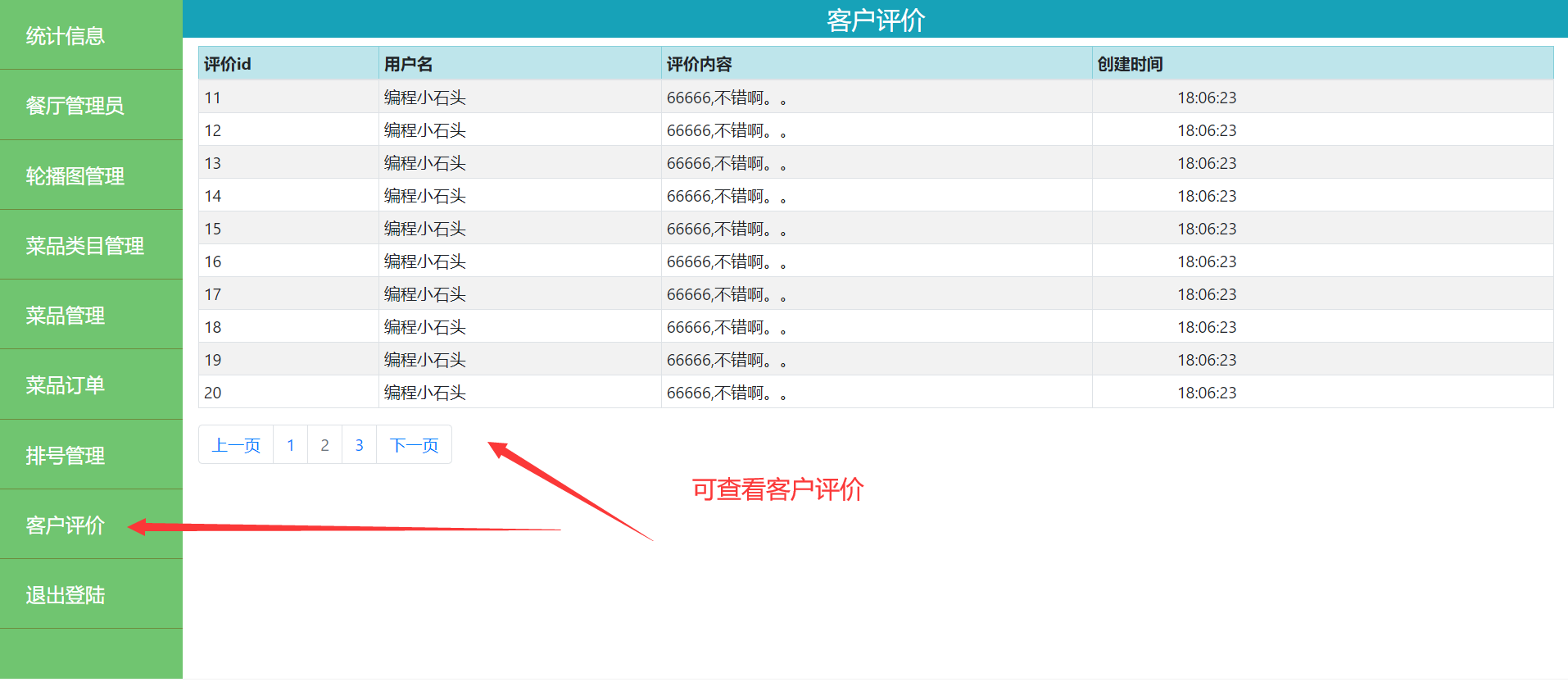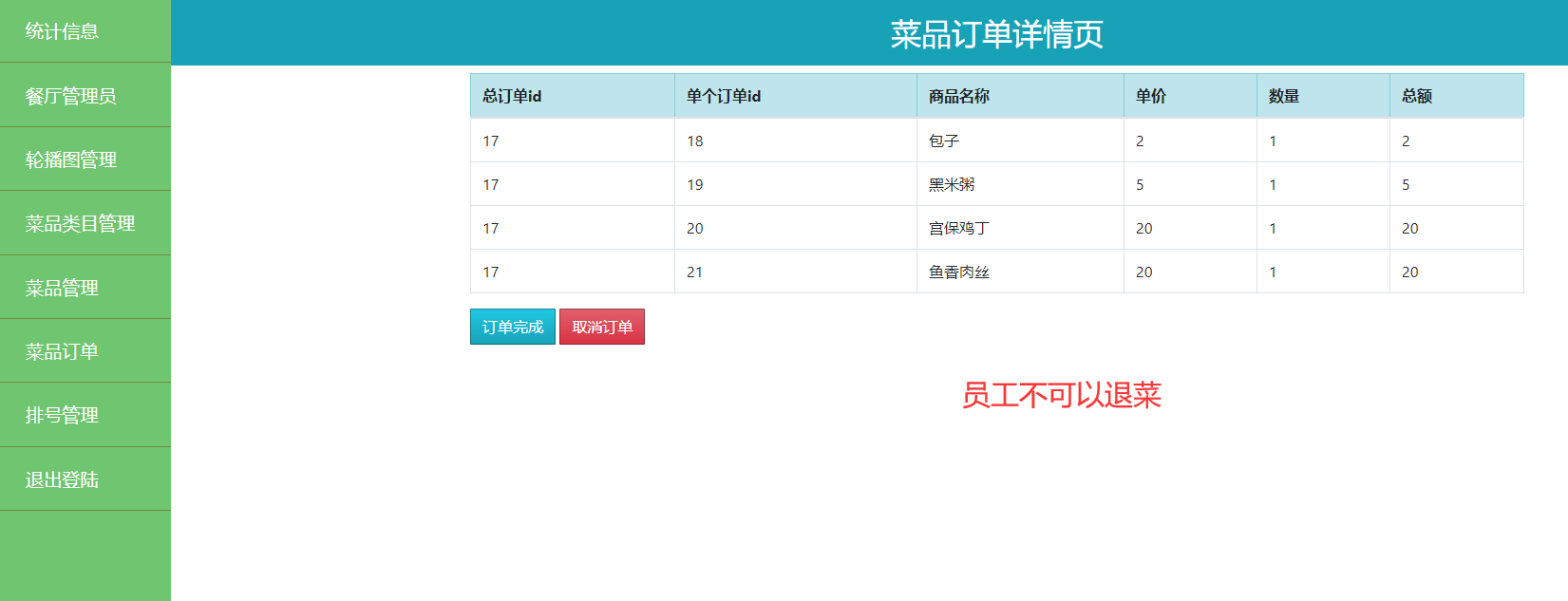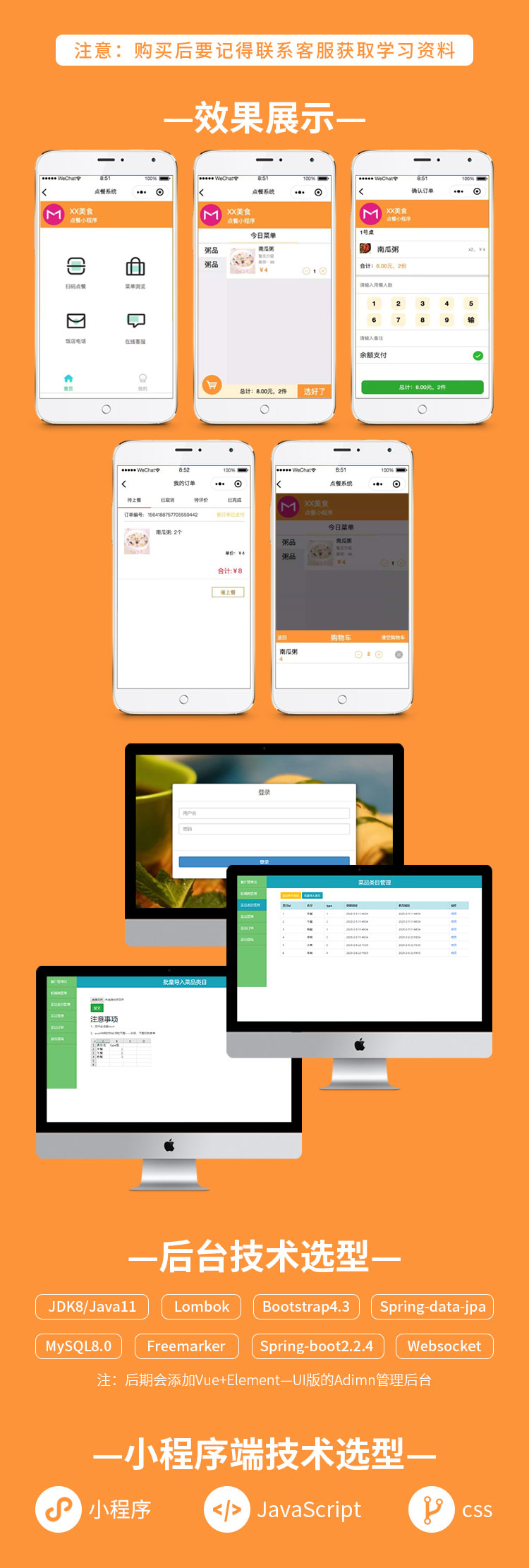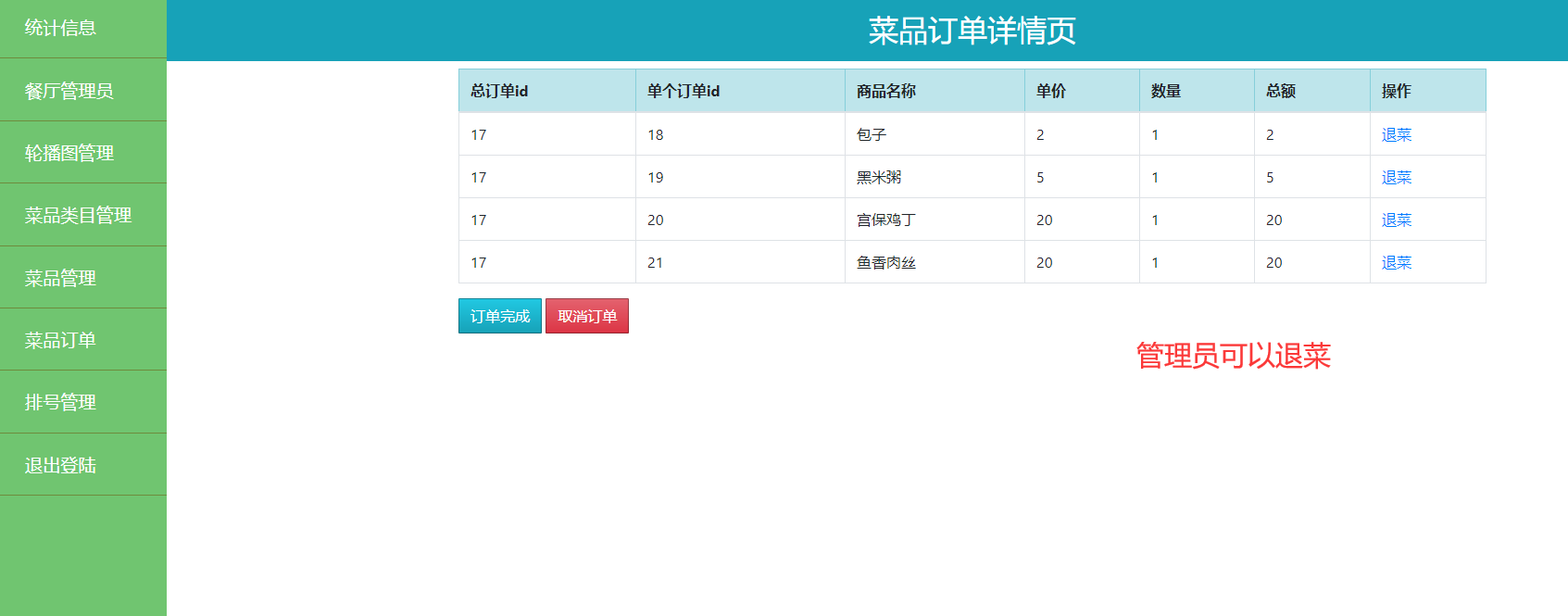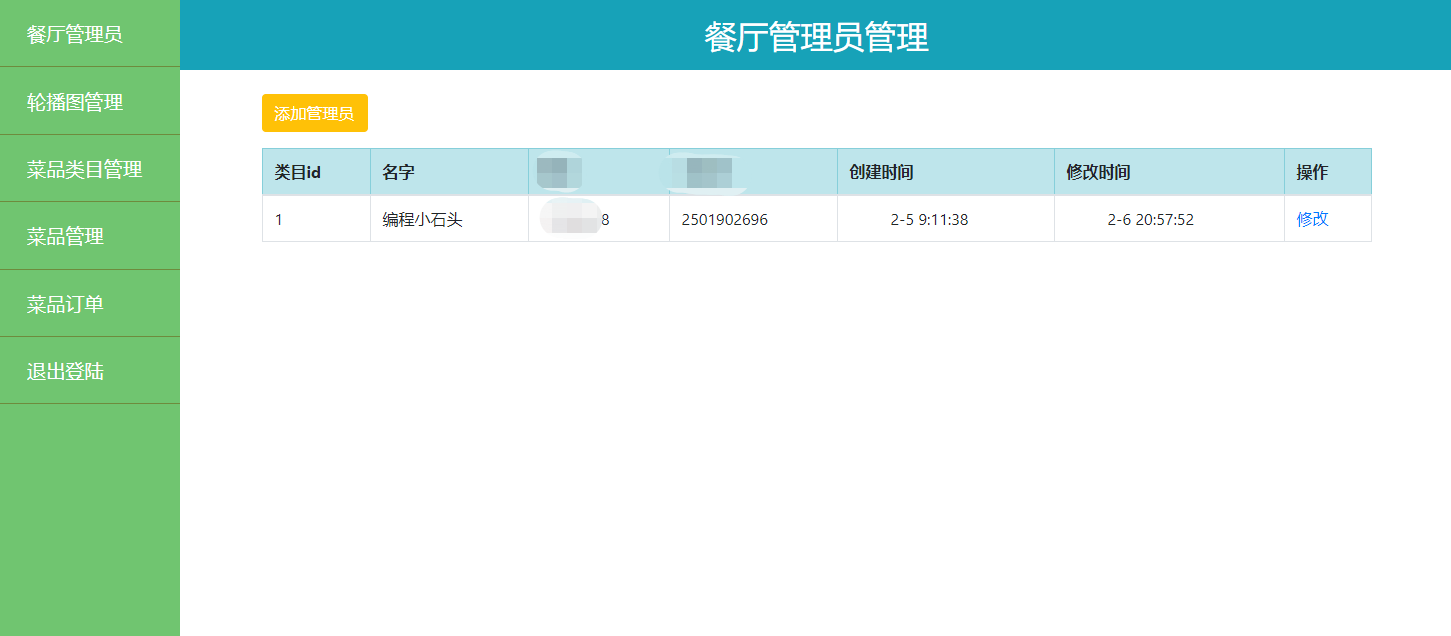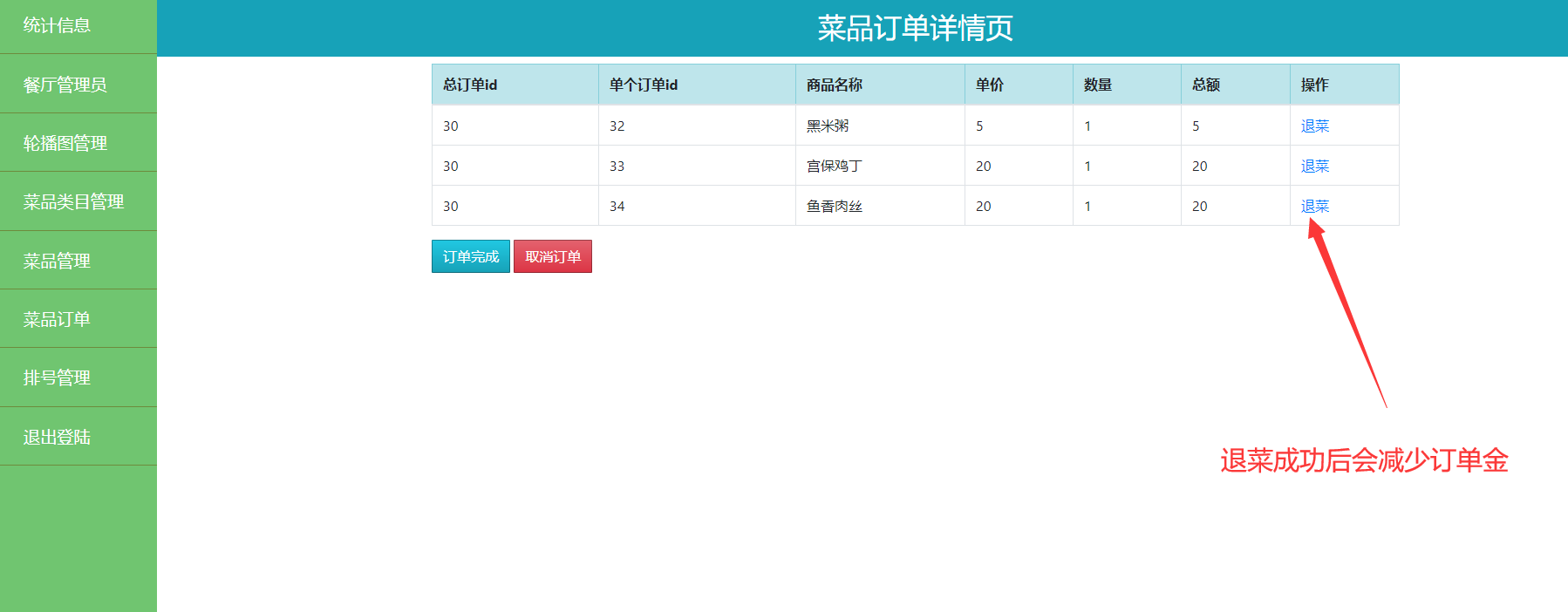店内点餐系统设计与实现
摘 要
该论文采用基于Java的SSM框架和MySQL数据库进行开发,实现了一款店内点餐推荐系统。该系统主要包括餐厅管理端和顾客点餐端两个模块。在餐厅管理端,管理员可以对菜品、餐厅信息、工作人员等进行管理;在顾客点餐端,用户可以通过该系统进行点餐、评价、查看菜品推荐、菜品搜索等。
该系统采用了基于协同过滤的推荐算法,通过对用户历史点餐数据的分析,推荐相似用户喜欢的菜品。同时,在菜品搜索功能中,系统采用了倒排索引技术,快速检索用户查询词相关的菜品信息。
在系统实现中,采用了SSM框架进行开发,该框架基于Spring、Spring MVC和MyBatis,具有良好的分层、模块化管理能力。而MySQL数据库作为系统主要数据存储介质,具有数据存储安全可靠、读写性能良好等优点。
经过系统测试,该店内点餐推荐系统具有较好的稳定性和可用性,可满足不同餐饮场景的使用需求。
关键词 店内点餐系统;微信小程序;店内点餐;MySQL;SSM框架
Design and implementation of ordering wechat small program based on SSM
Abstract
This paper was developed using the Java-based SSM framework and MySQL database to realize an in-store ordering recommendation system. The system mainly includes two modules: restaurant management end and customer ordering end. At the restaurant management end, the administrator can manage dishes, restaurant information and staff; At the customer ordering end, users can order, evaluate, view food recommendation and dish search through the system. The system adopts the recommendation algorithm based on collaborative filtering, and recommends the dishes that similar users like through the analysis of users' historical ordering data. At the same time, in the food search function, the system adopts the inverted index technology to quickly retrieve the food information related to the user query word. In the system implementation, the SSM framework is developed, which is based on Spring, Spring MVC and MyBatis and has good hierarchical, modular management capabilities. As the main data storage medium of the system, MySQL database has the advantages of safe and reliable data storage and good reading and writing performance. After the system test, the store ordering recommendation system has good stability and availability, which can meet the use needs of different catering scenarios.
Key words In-store ordering system; WeChat applet; in-store ordering; MySQL; SSM framework
目 录
1 绪论
1.1研究背景
1.2研究目的和意义
1.2.1研究目的
1.2.2研究意义
1.3国内外研究现状分析
1.3.1国外研究现状
1.3.2国内研究现状
1.4研究内容及方法
1.4.1研究内容
1.4.2研究方法
1.4.3技术路线图
2 需求分析
2.1系统功能需求分析
2.2系统非功能需求分析
3 系统分析
3.1可行性分析
3.1.1技术可行性
3.1.2经济可行性
3.1.3社会可行性
3.2系统业务流程分析
3.3系统数据流程分析
3.4本章小结
4 系统设计
4.1系统总体设计
4.2系统功能结构设计
4.2.1用户端功能结构设计
4.2.2管理员功能结构设计
4.3数据库总体设计
4.3.1 数据库E-R图设计
4.3.2 数据库表的设计
4.4代码设计
4.4.1业务逻辑设计
4.4.2表现层设计
4.4.3项目难点及解决方案
4.4.4典型代码片段与设计过程
4.5输入输出设计
4.5.1输入设计
4.5.2输出设计
4.6本章小结
5 系统实现
5.1系统开发环境
5.2相关技术
5.2.1 JAVA语言
5.2.2 MySQL数据库
5.2.3 Vue.js框架
5.2.4 SSM框架
5.2.5 Tomcat服务器
5.3用户端功能模块
5.4管理员端功能界面
6系统测试
6.1系统测试目的
6.2系统测试方法
6.3测试用例
6.4本章小结
7改进与展望
致 谢
参考文献




